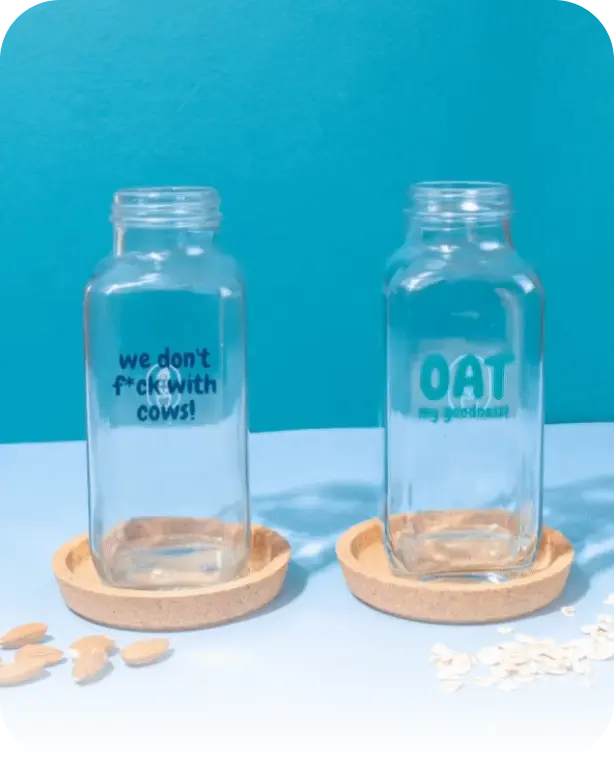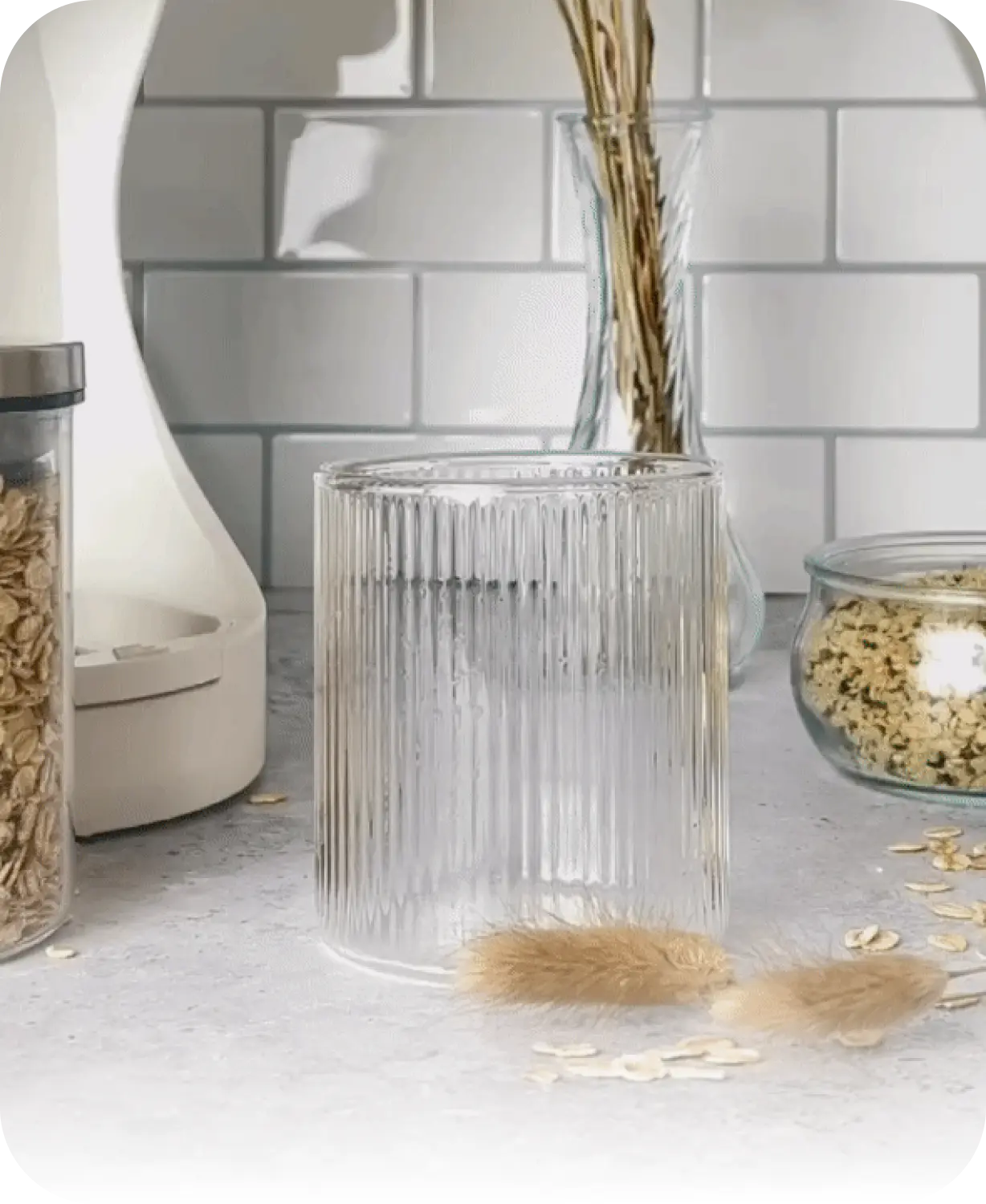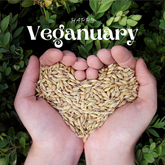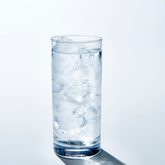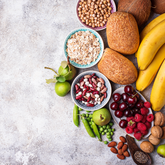As the demand for plant-based milk alternatives continues to soar, oats have emerged as a popular choice among consumers seeking dairy-free options. Oat milk, in particular, has gained widespread popularity for its creamy texture and neutral flavor, making it a versatile substitute for cow's milk in a variety of recipes. But when it comes to making homemade oat milk, is there a difference between using oat groats and rolled oats?
Rolled Oats
Also known as old-fashioned oats, rolled oats are oat groats that have been steamed and then rolled flat with large rollers to create flakes. This process not only makes them easier to cook but also helps extend their shelf life. Rolled oats are commonly found in supermarkets and are a popular choice for making oatmeal, granola, cookies, and other baked goods.
Characteristics of Rolled Oats:
- Texture: Rolled oats have a flatter shape and a smoother texture compared to oat groats. They cook relatively quickly and absorb liquid well, resulting in a creamy consistency when prepared as oatmeal.
- Flavor: Rolled oats have a milder, sweeter flavor compared to oat groats. This makes them versatile for both sweet and savory recipes, as they can easily adapt to various flavor profiles.
- Convenience: Rolled oats are convenient to use, requiring minimal preparation before cooking. They can be cooked on the stovetop, in the microwave, or even soaked overnight for a no-cook option.
Oat Groats:
Oat groats are the whole, unprocessed kernels of oats with only the outer hull removed. They are the most intact and least processed form of oats, retaining all parts of the grain—the bran, germ, and endosperm. Oat groats have a chewy texture and a nutty flavor, making them a nutritious addition to savory dishes, salads, and pilafs.
Characteristics of Oat Groats:
- Nutritional Density: Oat groats are highly nutritious, containing a wide range of vitamins, minerals, and antioxidants. They are particularly rich in fiber, protein, and complex carbohydrates, providing sustained energy and supporting digestive health.
- Texture: Oat groats have a hearty, chewy texture that adds substance to dishes. They maintain their shape well when cooked and can be used as a base for grain bowls, stuffing, or as a side dish.
- Cooking Time: Oat groats require a longer cooking time compared to rolled oats due to their whole grain nature. They typically need to be simmered for around 45 minutes to an hour to achieve a tender consistency.
In summary, while both rolled oats and oat groats originate from the same grain, they differ in their level of processing, texture, flavor, and cooking time. Rolled oats offer convenience and versatility, making them suitable for a wide range of recipes, while oat groats provide a more rustic, nutrient-dense option with a chewy texture and nutty flavor. Whether you opt for the convenience of rolled oats or the wholesome goodness of oat groats, creating your own oat milk has never been easier with Milky Plant. Say goodbye to mess and hassle – Milky Plant ensures a convenient, mess-free process, ready in just 3 minutes. Whether you're looking for a creamy base for your morning coffee, a nutritious addition to your smoothies, or a versatile ingredient for baking, homemade oat milk made with Milky Plant is a delicious and satisfying alternative to dairy milk. So, embrace the versatility of oats and enjoy the creamy goodness of homemade oat milk with Milky Plant.




